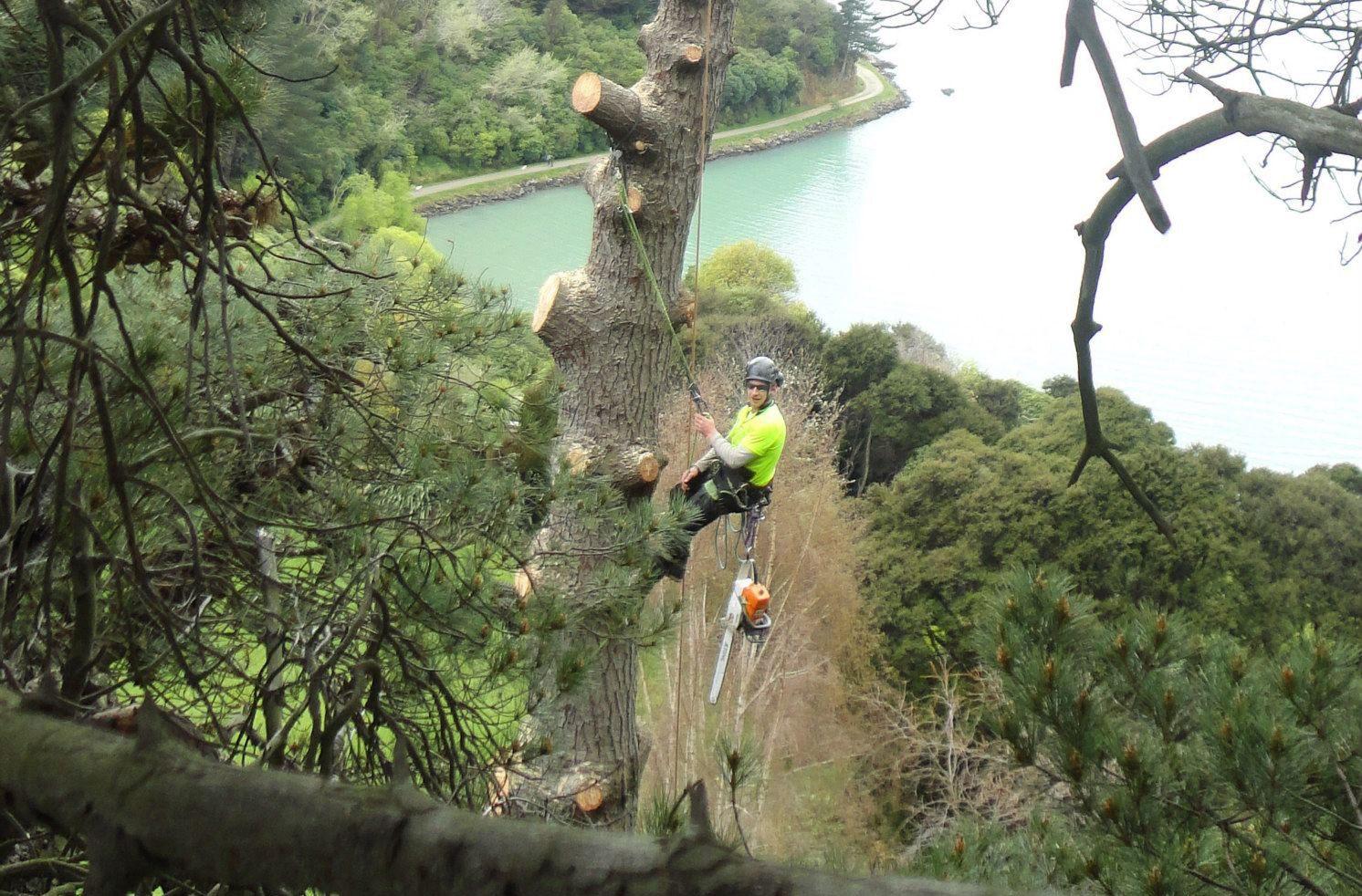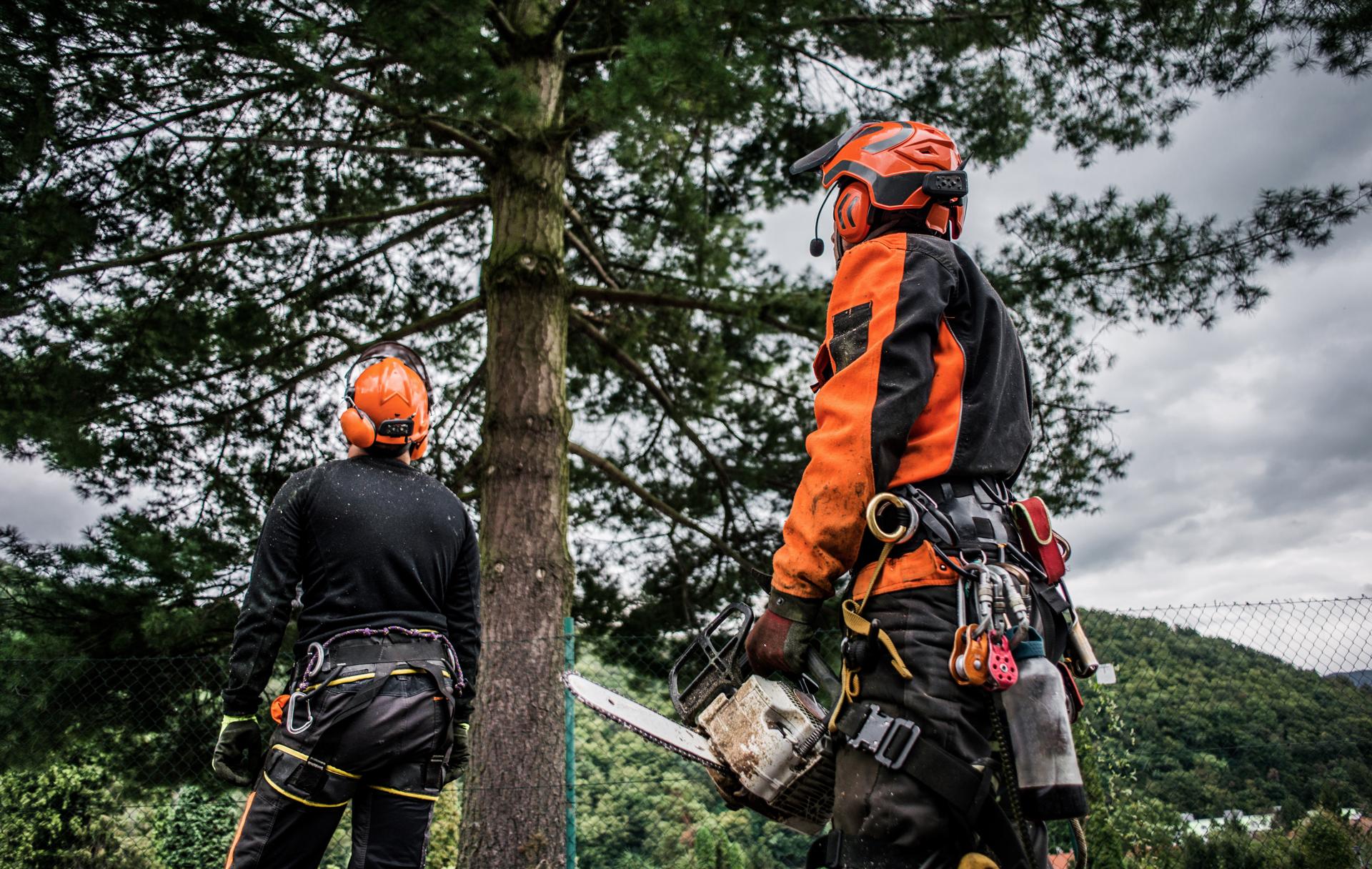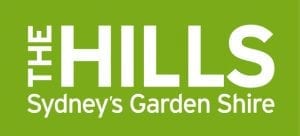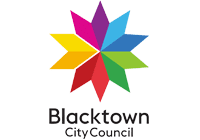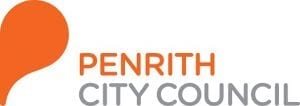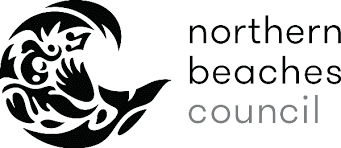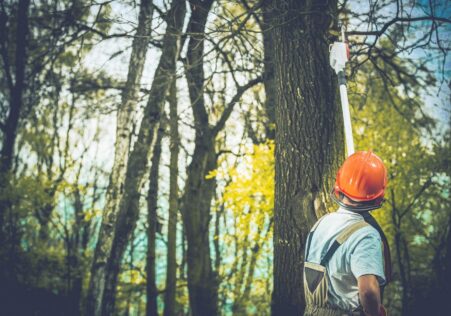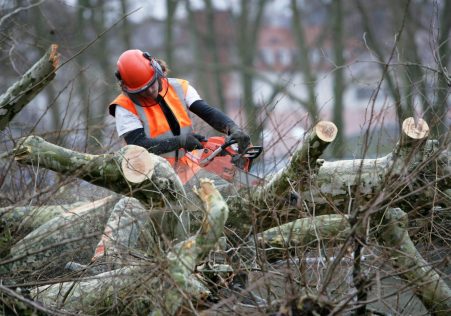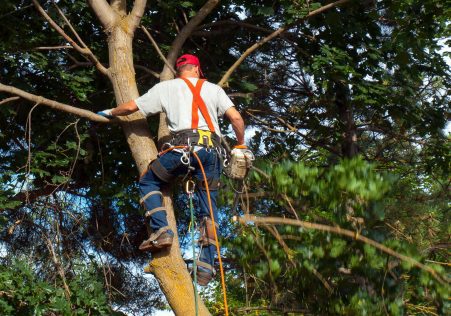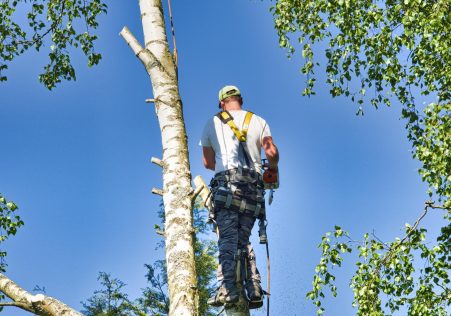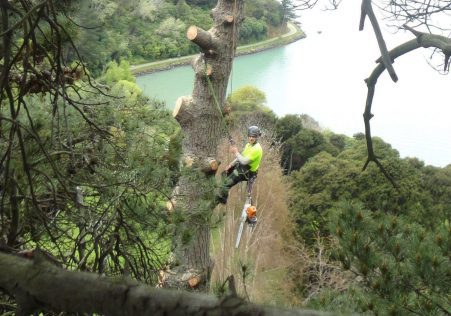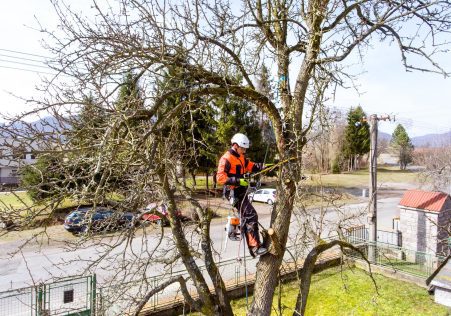Don't Wait Until it's Too Late: Spotting Dangerous Trees
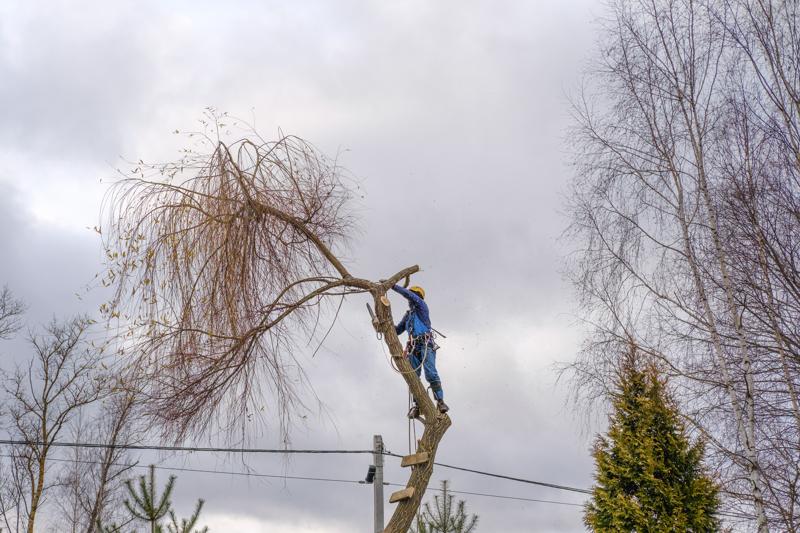
Tree removal is a difficult and potentially dangerous task. If a tree is dying or ill-healthed, or is at risk of falling, it may need to be removed to prevent damage to the property and to make sure that the tree is safe. But how do you tell whether a tree should be cut down? We’ll take you through the warning signs to look out to and assist you decide when it’s time to call in the experts.
Dead or Dying Trees
One of the most evident signs that a plant needs to be removed is when it is dying or dead. Dead trees lack leaves and may have a lifeless appearance. If a tree is without leaves or evidence of growth, it’s likely dead. The bark of a dead tree might be dry, cracked, or peeling.
Trees that are diseased
The trees that are sick can pose a threat to other trees and plants within the vicinity. Common signs of disease on trees are the appearance of yellowing leaves, wilted branches, and mushrooms growing at the root of the tree. If you suspect that your tree is suffering from disease It is essential to have it examined by an arborist who is a professional.
Leaning Trees
TreesLeaning trees to one side can be a sign of a failing root structure, and the tree may be in danger of falling. To find out if a tree that is leaning is a danger, look for cracks or breaks within the trunk and examine the soil around the base of the tree. If you spot any of these signs, it’s best to have the tree evaluated by an arborist.
Overhanging Branches
Trees with overhanging branches located close to buildings or power lines can pose a risk to safety and property. If you’re concerned about branches hanging overhanging you should be evaluated by an arborist to determine if removal or trimming is needed.
FAQs
How do I know if a tree is dead?
An individual tree can be said to be dead when it lacks leaves and has no signs of new growth. Additionally, the bark of a dead tree may be dry, cracked, or peeling.
What are the signs of a tree that is diseased?
The most common signs of disease in trees include yellowing leaves, wilted branches, and the growth of mushrooms at the bottom of the tree.
Can you safely remove an entire tree on your own?
Tree removal can be a complicated and possibly dangerous job. It’s best to leave it to professionals to ensure the safety of yourself and others.
Conclusion
When it comes to tree removal, you need to be able to recognize the indications that a tree requires to be cut down. When you’re aware of indications of dying or dead trees, diseased trees, leaning trees, and overhanging branches, you can take steps to protect your property and the people around you. If you suspect that a tree on your property needs to be removed and you are unsure, call Blacktown Tree Pruning for a professional evaluation. Our arborists are highly skilled and have the experience and equipment to take care of all the tree removal requirements. Do not risk your security. If you suspect that a tree on your property needs to be removed, call Blacktown Tree Pruning today for a professional evaluation. Our experienced arborists can provide you with the peace of mind that comes from knowing your property is in safe with us. Call us today at 0480 024 203 to schedule an appointment.

